I too find the rubber cover annoying ,but , the problem is that the retention clips tend to break often and the cable boots are good option to prevent it from happening.Once the retention clip breaks off the cables , they tend to slide off the router / modem / switches and make the network unreliable.
My Experience :
I bought two cables a few months ago : One with cable boot (red) and the other (black) without.I mess around with the cables quite a lot and here is a picture of the two I taken for the purpose of illustration when I saw this question:
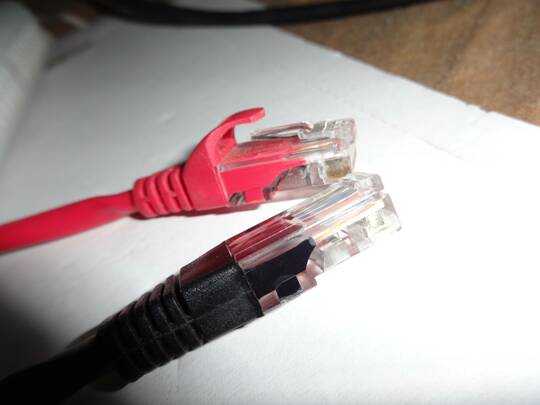
My point is that the one with cable boots tend to break less often.

Once , the retention clips breaks off , when we plug in the cable to ports they never clicks and they fells off from the port easily.
I personally find the cables with cable boots annoying but on the long run they prove to be useful.I will discourage you from
cutting off them since they are useful .But , if you are skeptical and annoyed about the existence of them , you may cut off them since they do not pose any threat to the connection itself.(If you plug the cable in the port and forgets about it , the cable boots may not be of much concern : You surely can break them apart)
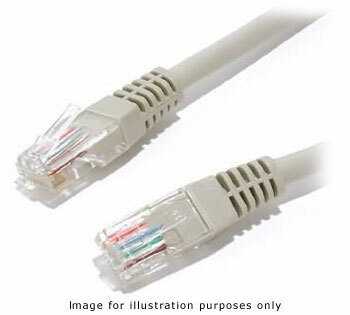
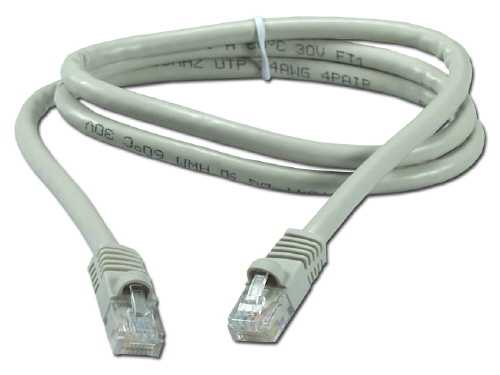
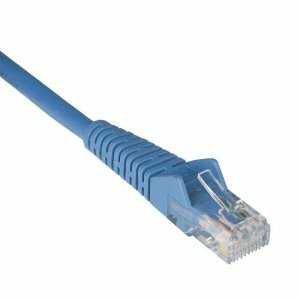
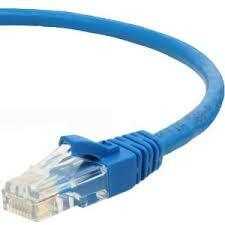


to answer the 2nd question: yes, you can take/cut it off. It's only purpose is to protect the clip underneath (do NOT cut those off ...). A simple cutter cut along its base should do it nicely. – Olivier Dulac – 2013-11-27T17:22:18.967
I disagree with Olivier... the last cable I clipped the protective cover off will no longer clip into the jack securely. I can't say how, but the cover apparently provided the pressure necessary to force the clip to snap in. – Michael – 2013-11-27T20:21:05.253
Many a time I have tried to take this out of plug and the actual rubber has saved the plastic to go in my nail and also helped me to know which side the clip was supposed to be even if it was broken. – Farrukh Subhani – 2013-11-28T20:21:34.823
22Re: Bounty reason -
It is not clear whether cutting of the plastic cap affects performance of the cable, detailed measurements of bandwidth transfer rate and stress testing is required to settle it conclusively.@user77469, What‽ ಠ_ఠ – Synetech – 2013-12-01T04:40:04.20711@user77469 no, there is no reason to perform tests to settle this. The null hypothesis is all we need. There simply is no known physical property or process that would explain why that piece of plastic as described would have any effect on the connection. We can safely revert the default position that it will have no impact whatsoever. – Zoredache – 2013-12-04T20:16:55.777